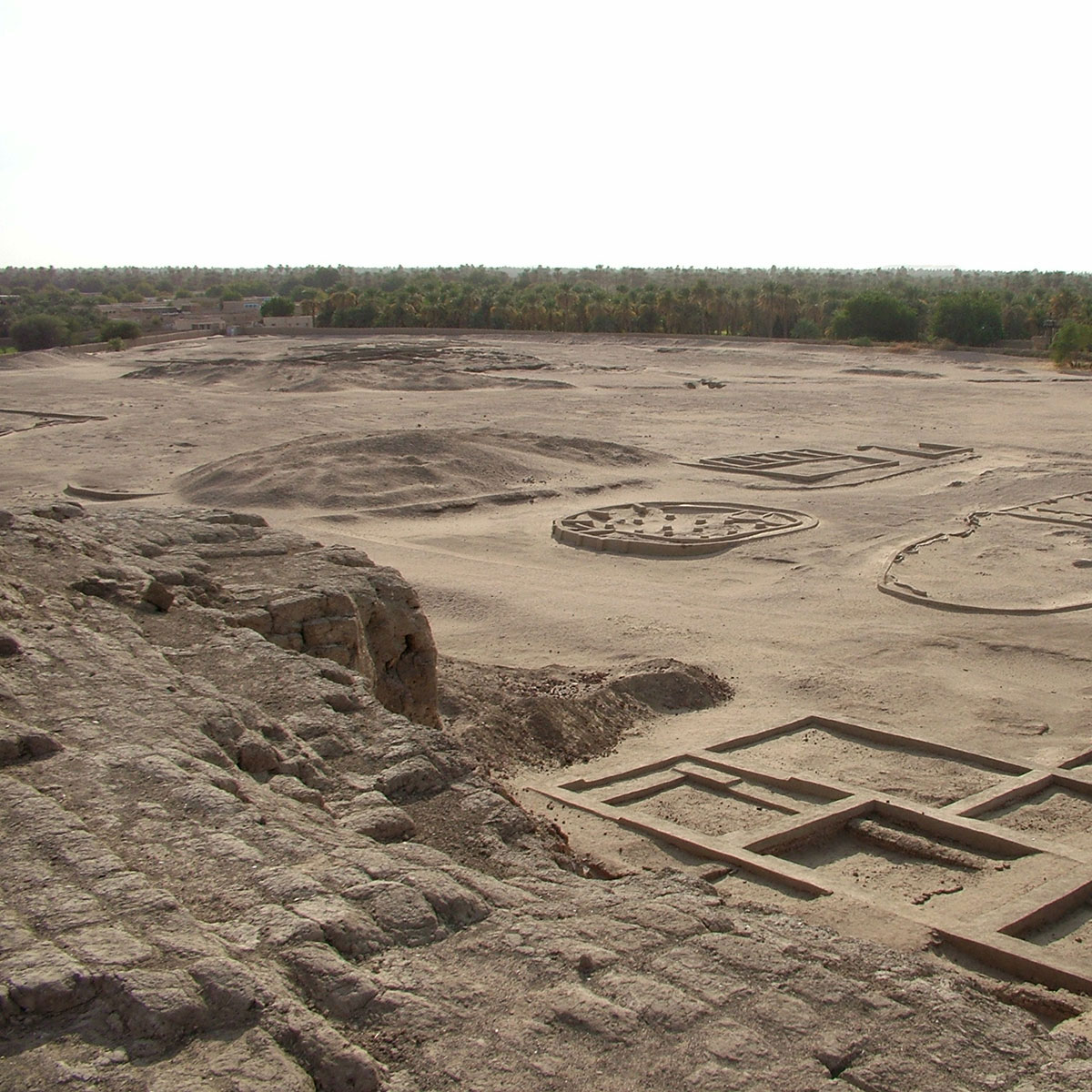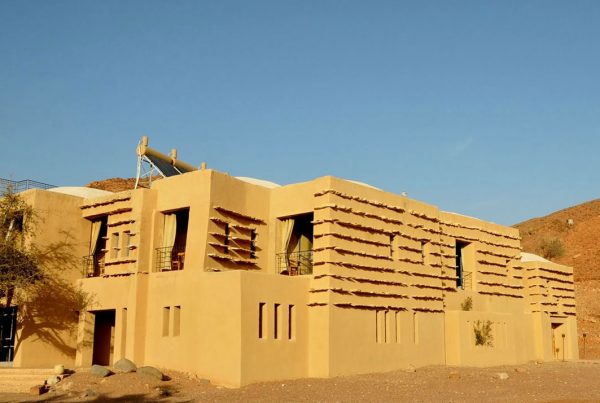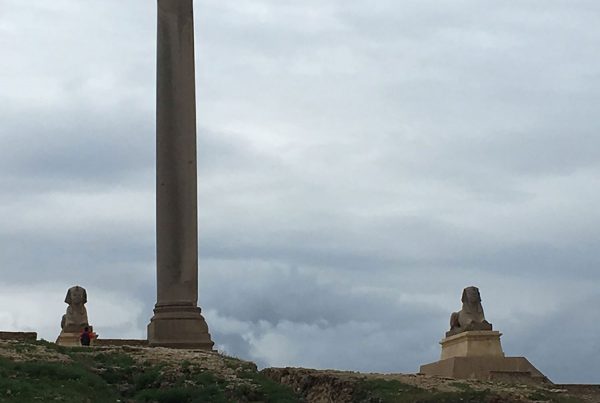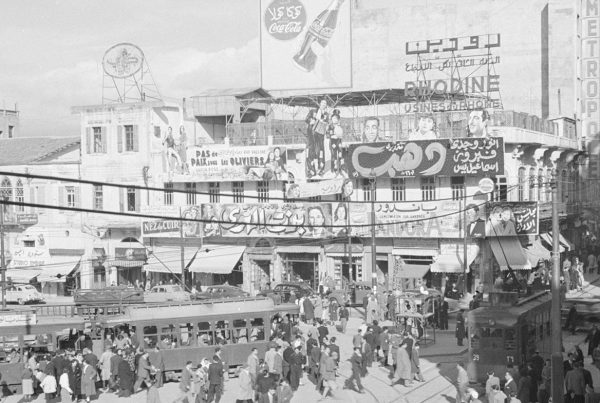Nubia is an ancient region in northeastern Africa. The region extends roughly from the Nile River valley, before proceeding eastward towards the shores of the Red Sea. Nubia borders Khartoum which is present-day Sudan to the south and the Lybian Desert to the west. From time immemorial, Nubia has always been divided into two regions. There’s the southern portion that stretches northwards to the southern tip of the Nile’s second cataract. This portion was known as Upper Nubia. It was also referred to as Kush or Cush during the 18th-dynasty pharaohs of ancient Egypt. Greeks and other explorers from Europe would normally refer to it as Ethiopia.
The second portion of this subdivision was the Lower Nubia. The region covered the northern part, between the first and the second cataract of Aswan. It was referred to as Wawat. According to archeological findings, the regions located within the Lower Nubia were the first to experience the earliest forms of state formations. Most of these were people drawn from the Kerma kingdom; a kingdom that was already thriving in the Upper Nubia.
In 1960, the Oriental Institute of the University of Chicago unearthed remains of the rulers of what came to be known as the A-Group culture, remains that had been buried at a cemetery located in Qustul. When most of the symbols recovered were analyzed, it was discovered that these rulers had kingship styles that were quite similar to the kings that ruled Egypt during the Naqadah II–III period. The A-Group culture was widespread at the time. However, the emergence of the first dynasty in Egypt, around c. 2950 BCE, saw the extinguishment of the A-Group culture, as well as Nubian independence.
Though Nubia was relatively organized culturally and socially, they lacked proper political and military apparatus. That’s why the kingdom was easily shaken by the slightest external aggression. Pharaoh Snefru successfully raided the Nubian kingdom in c. 2575 BCE, a raid whose aftermath saw the establishment of an Egyptian outpost in Buhen. Pharaoh used his military prowess to exploit the mineral-rich kingdom, especially west of the Nile.
During the 6th dynasty, a team of Aswān governors in Egypt, led by Harkhuf penetrated the southern regions. They traversed the second cataract of the Nile and came to a place known as Yam. However, during the final years of Harkhuf’s reign, Nubian chiefs reunited their communities. With a stronger and more united community, the Aswān expeditions were dealt a massive blow. Archaeologists have been able to uncover evidence suggesting that a new population, known as C-Group, may have inhabited Wawat. On the other hand, a group that’s presently known as Karmah or Kerma may have occupied Kush.
For thousands of years, the Kerma civilization remained obscure. There wasn’t much to help archaeologists draw any conclusive reports, apart of course from the cemeteries and the town sites in the region. It was only recently that archaeologists discovered more pieces of evidence on the exploits of the Kerma civilization. Most of these findings were excavated in new archaeological sites around the dry channels of the Nile, in the present-day Kerma.
According to the findings, there must have been a substantial population living in the Kerma kingdom. Much of the survey work around the Fourth Cataract has suggested the presence of Kerma sites in regions that were quite far from the principal administrative and settlement areas of the kingdom. For instance, discoveries have been made at Mograt Island, which lies far upriver. According to the findings, Kerma must have been a considerably powerful political outfit.
Cemeteries that have been unearthed are characterized by general patterns of large graves that are ringed by smaller ones. That points to social stratification and a closely-knit society. Also discovered are burial mounds, four of which extend upwards to a diameter of 300 feet. The prominent graves must have been used to inter the final kings. Besides, the graves feature motifs and artwork associated with Egyptian deities, which yet again points to the dominance the Egyptians exerted over Kerma. Examples include the Tell el-Yahudiyeh Ware, which is a ceramic work that can be traced back to the Egyptian capital, Avaris.
There are scarab seals that indicate the extensive trading activities between Egypt and the Kerman kingdom. Also standing out from these discoveries are Daffa or mud-brick buildings. Daffas were charming in their insides as they were majestic on their outsides. Their interiors featured columned chambers that were interconnected by a network of passageways. Daffas also featured nicely-decorated walls and staircases that led to some shrine on the rooftop. Though they lacked the much-required military might at the time, the kingdom was quite populous. They predominantly practiced agriculture. That’s evidenced in the settlement patterns that archaeologists were able to analyze. These patterns depicted village settlements scattered along crop fields.
Besides agriculture, Kerma communities must have also practiced pastoralism. And when Egyptians overran Nubia and initiated mineral exploration activities, Kerma was thrown right into the thick of things. When the kingdom later regrouped and subdued the Egyptian explorers, they reclaimed all the mineral deposits that were previously under management by the Egyptian expeditionists. Gold processing became one of the main economic activities the community engaged in. Politically, Kerma is believed to have been centralized. Royal decrees were made from the central government. That explains the kingdom’s success in controlling the area spanning the 1st to the 4th Cataracts. But centralization wasn’t only a political concept; it was also an economic one.
According to archaeological evidence, certain towns in Kerma centralized agriculture and trade. Appointed wealthy merchants oversaw the trade of commodities within and without the territory. Evidence of skulls of cattle buried in royal Kerma tombs is proof of the community’s attachment to livestock keeping. It especially suggests livestock may have been used to gift the royal monarchs. It’s undeniably true that Kerma played a significant role in shaping trade and governance in ancient Nubia. And as archaeologists continue to unearth more findings, we can only hope to uncover more about one of the world’s most influential civilizations in pre-historic times.









